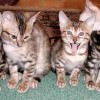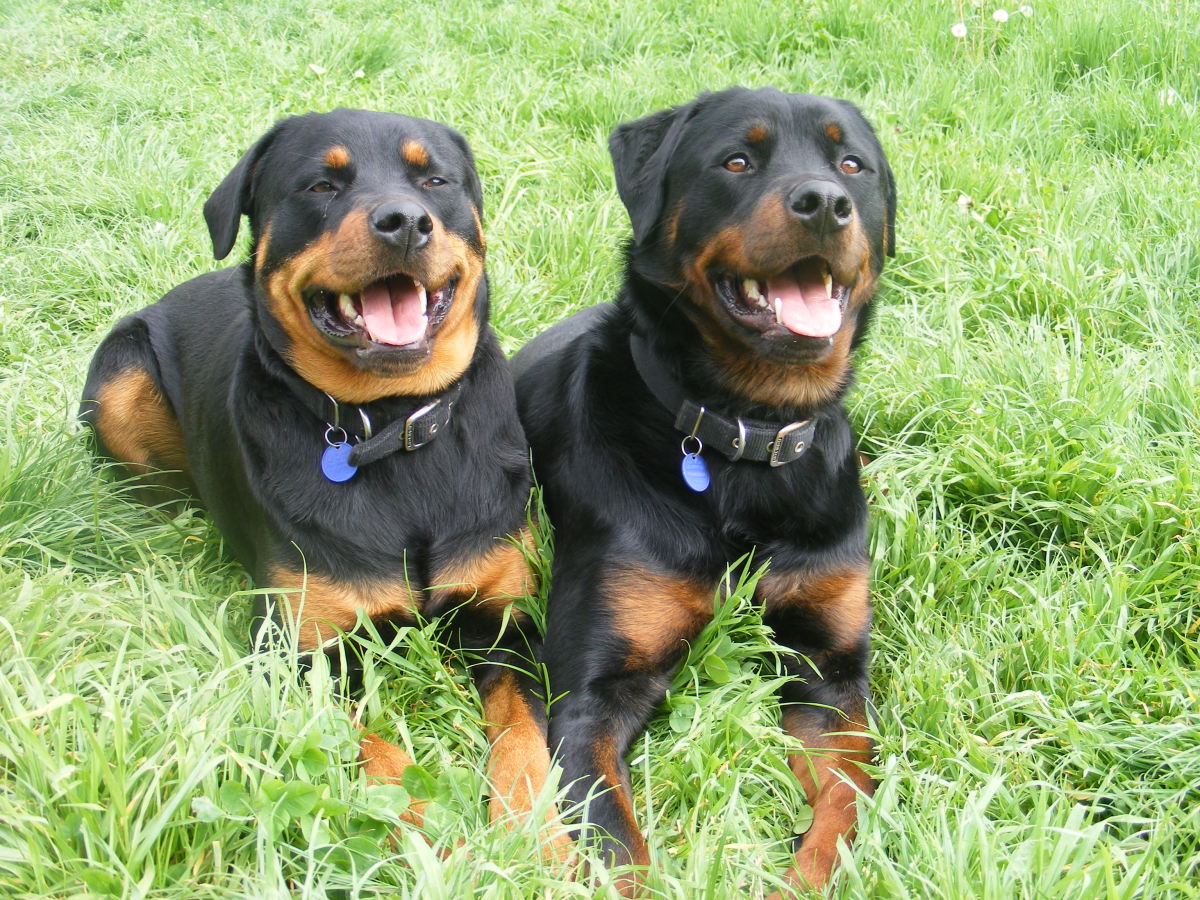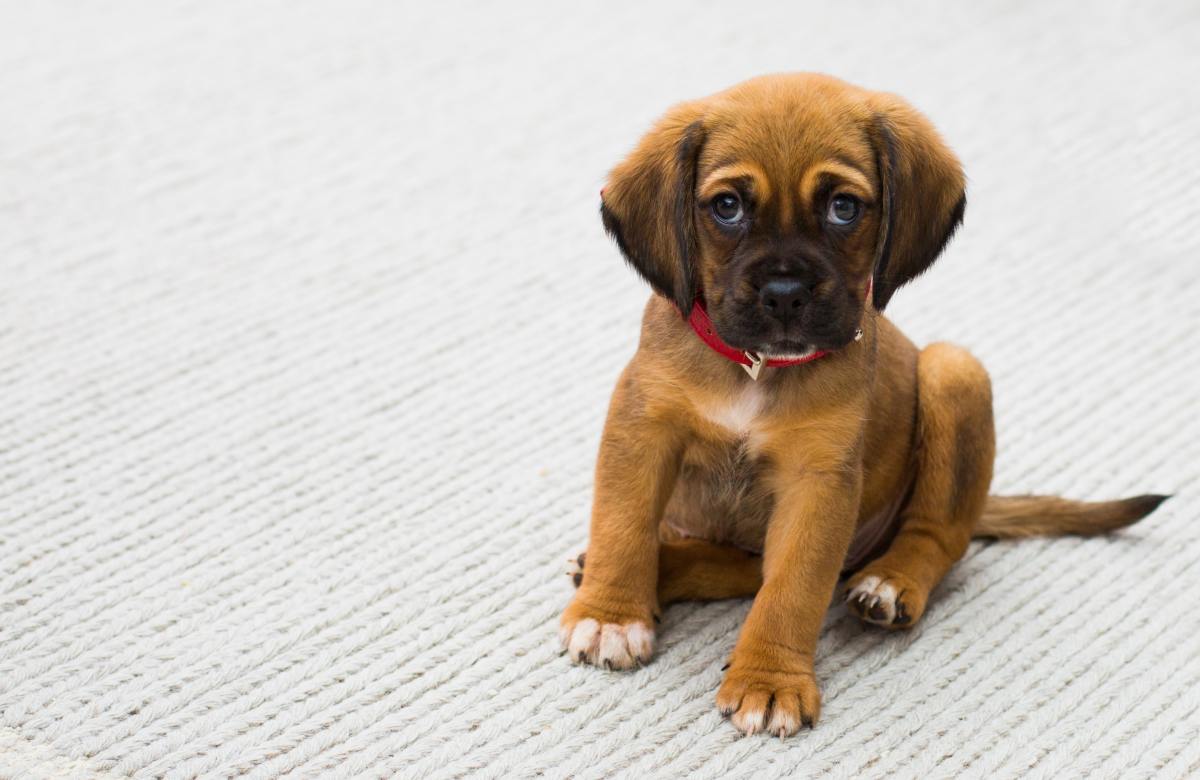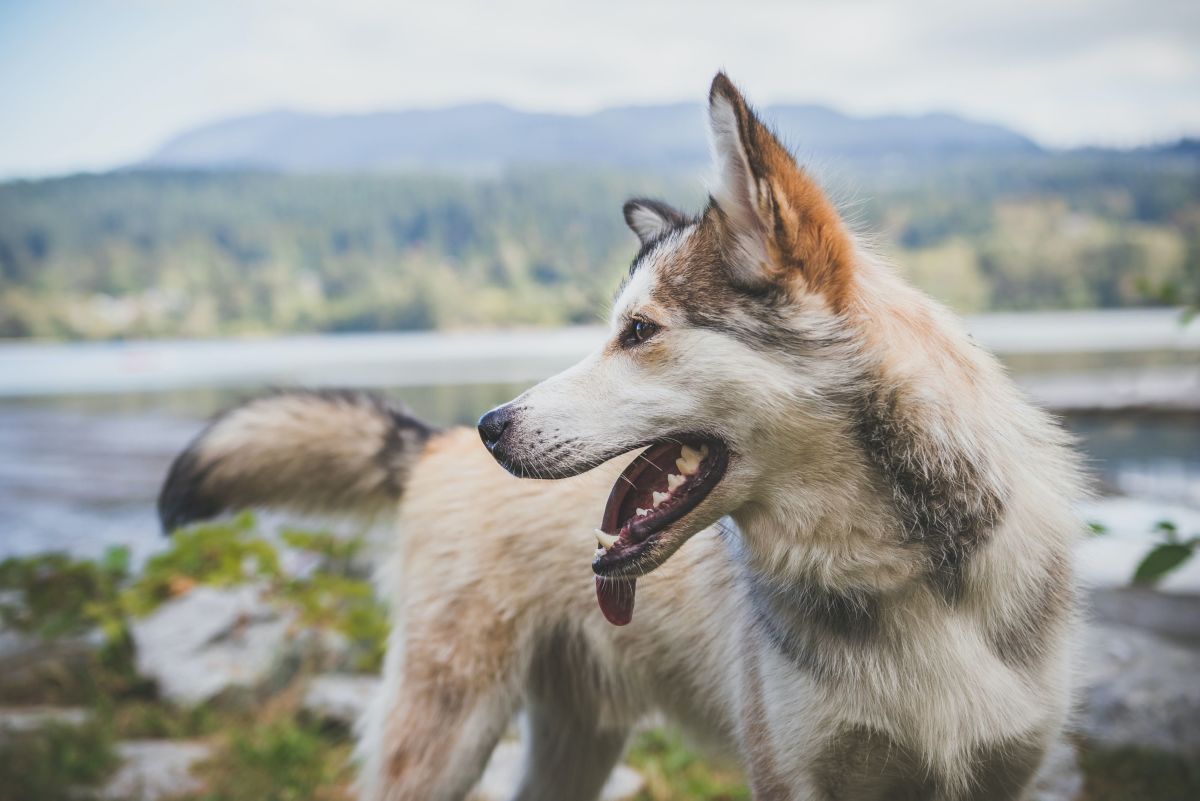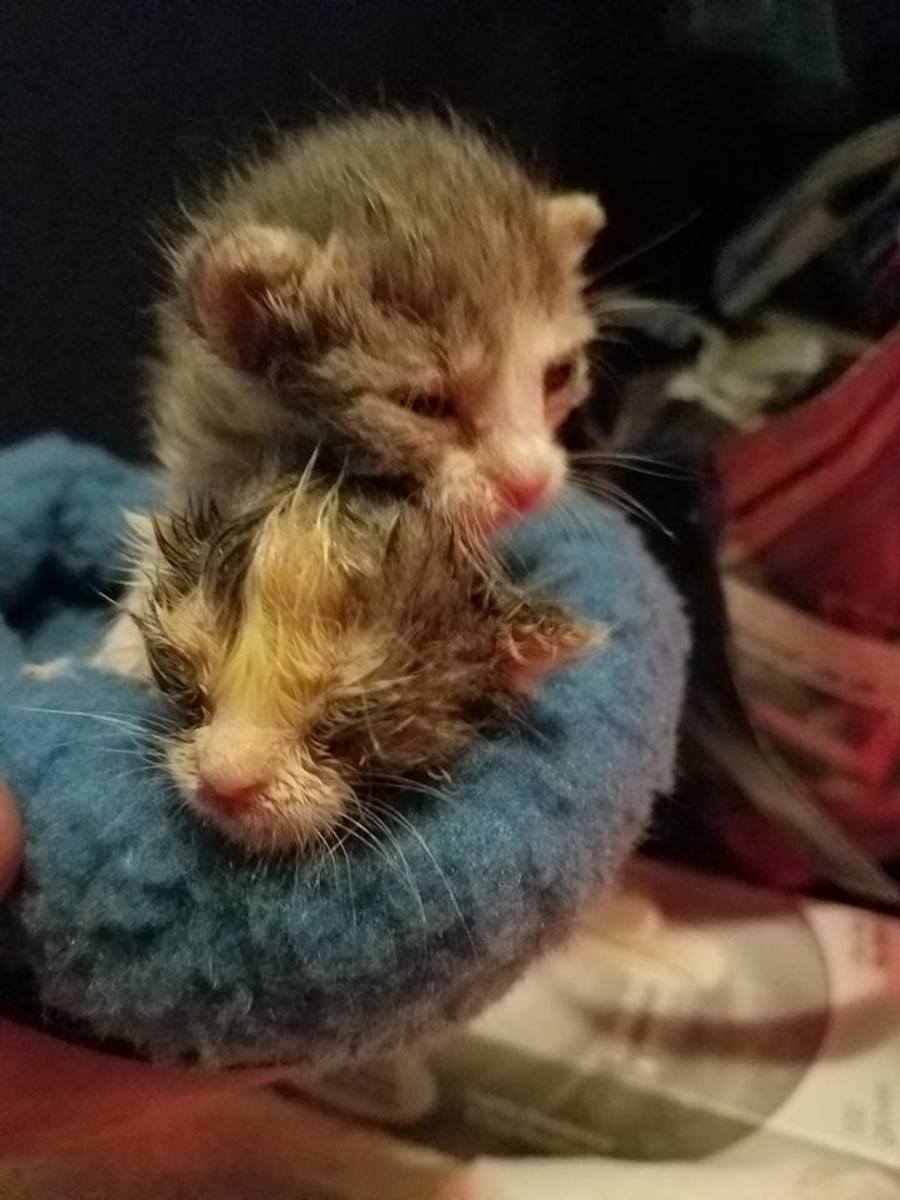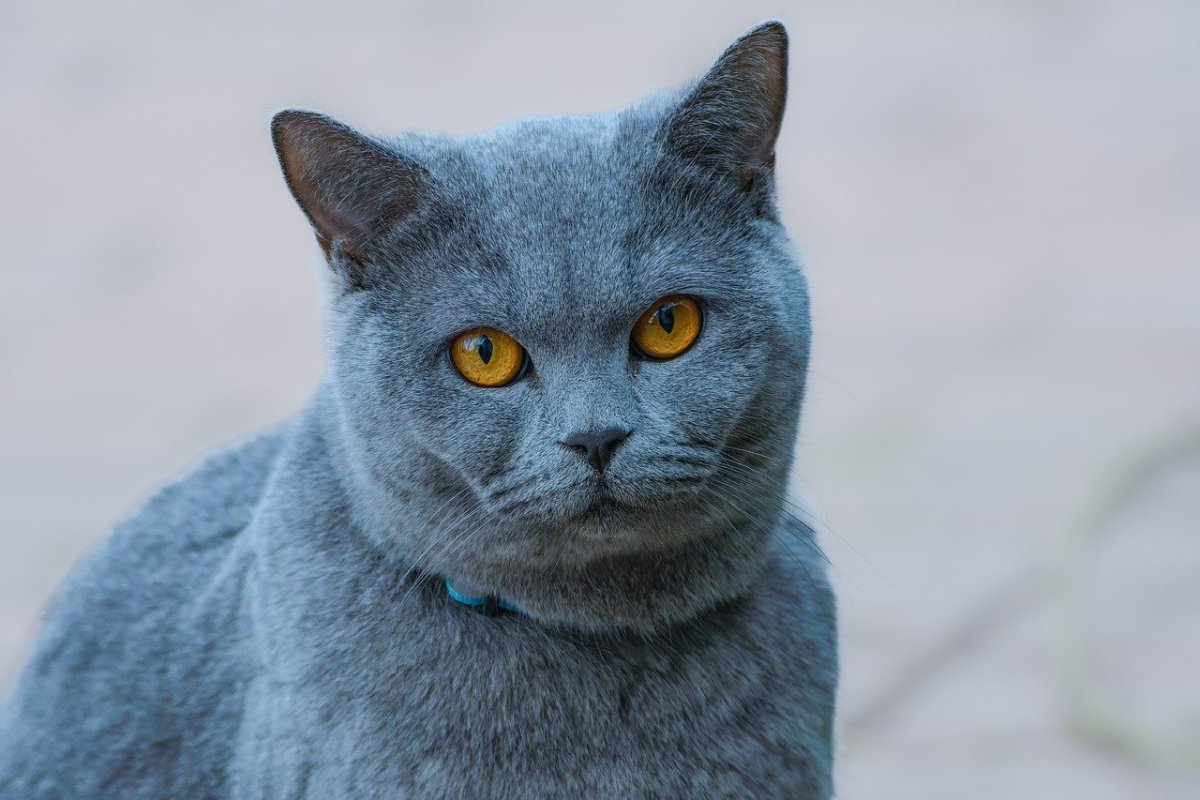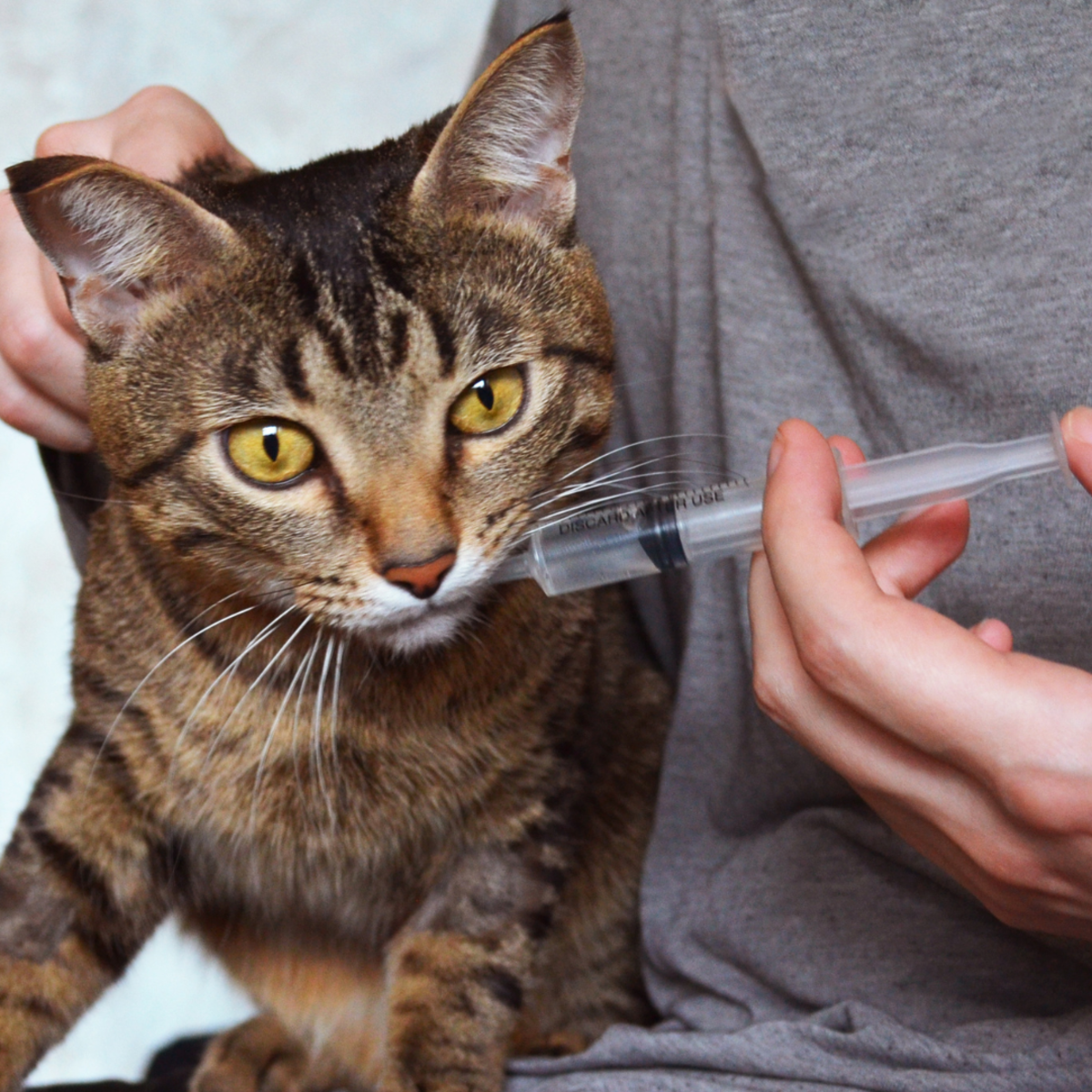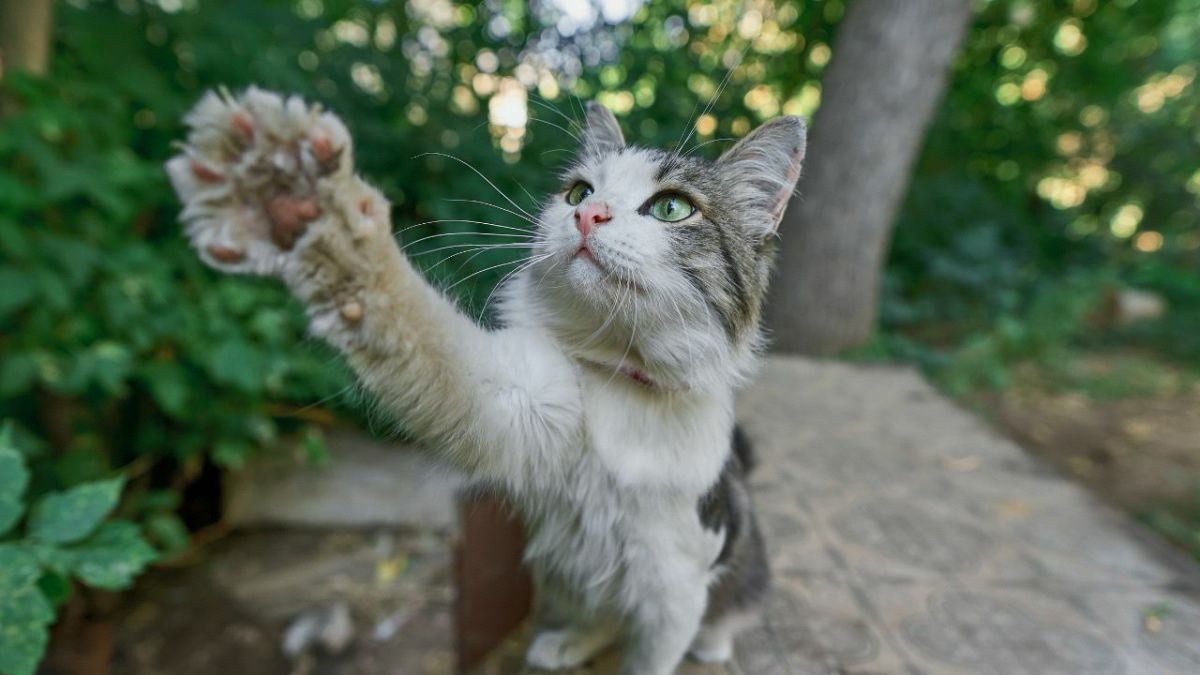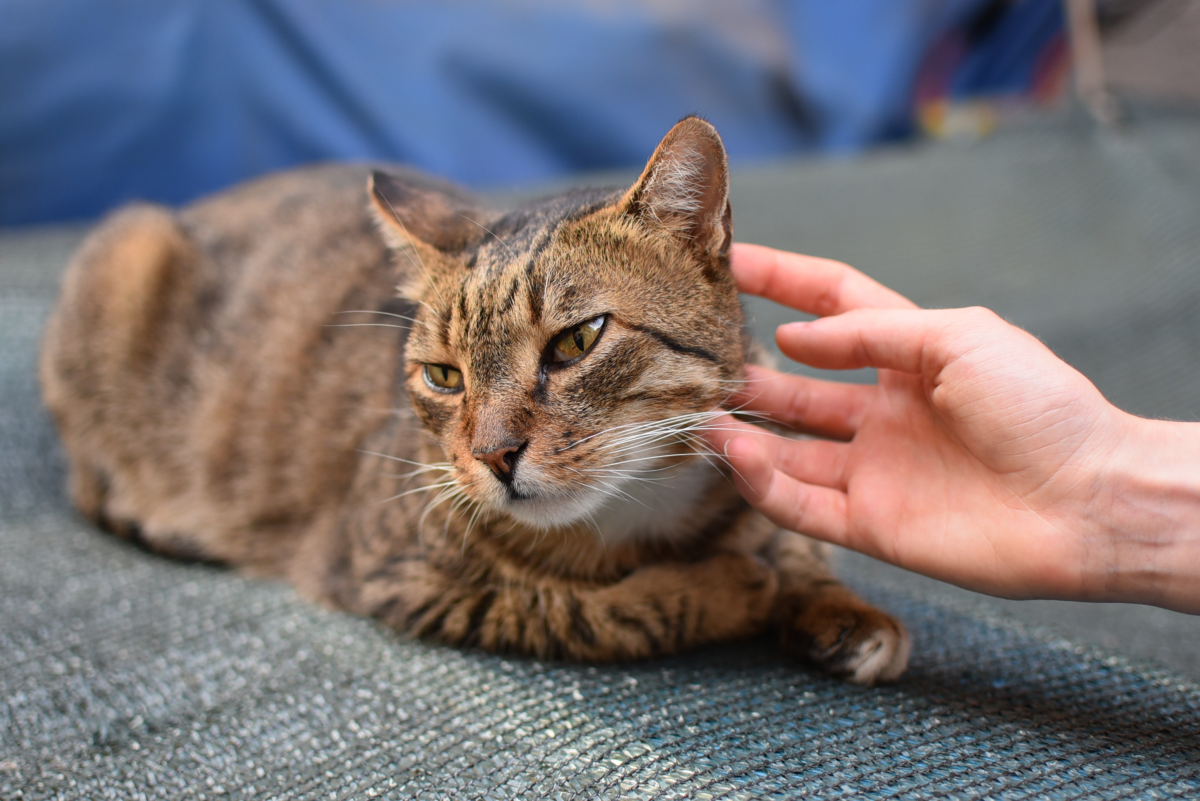Cat Problems With Breathing
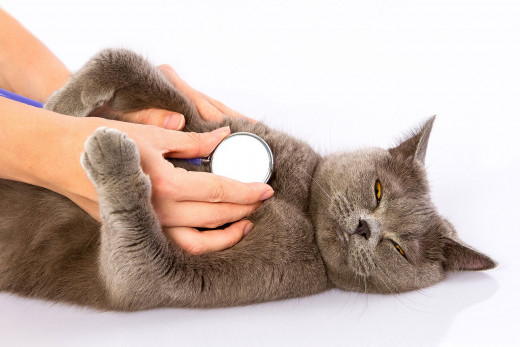
Cat problems with breathing can come in many forms and usually indicate problems within the respiratory system.
The most common breathing abnormality signs in felines are rapid breathing, slow breathing, panting, noisy breathing, croupy breathing, wheezing, and shallow breathing.
Breathing nuances that are not necessarily an indication of a problem but could possibly be, are excessive meowing and purring. A cat who suddenly begins to meow nonstop is most probably in pain. You should attempt to determine the source of the anxiety by visiting a veterinarian. A common misconception about purring is that it always indicates a state of pleasure. Cat's will also purr when they are hungry, upset, or in pain. They have also been known to purr just before they die.
Cat problems with breathing can be easily evaluated by counting the rate at which they inhale and exhale. In addition, you should note whether he has any difficulty breathing in or out, in which case his breathing usually will be noisy and sometimes accompanied by a forced effort. A cat at rest takes about 25 to 30 breaths per minute, which is about twice as many as a resting human. It takes about twice as long for a cat to exhale as it does to inhale. His respiratory motion should be smooth, even, and unrestrained.
Rapid breathing can be caused by emotional stress, fever, overheating, and pain. Other conditions to consider are shock, lung and heart disease, and acid build-up. Dehydration and various toxic states will cause the cat to breathe rapidly. A cat who is excited or out of breath after a workout will breathe rapidly, at the rate of 60-90 breaths per minute. This is perfectly normal. An increased rate of breathing at rest indicates a disease state, and a vet should be contacted immediately.
A slow rate of breathing is found in narcotic poisoning, encephalitis, a blood clot pressing on the brain, and the late stages of shock or collapse. This usually indicates a terminal condition.
Panting is normal after exercise, and is one of the key methods by which a cat lowers his body temperature. This happens when water evaporates from the mouth, tongue, and lungs, and the cooler air is exchanged for the warm air in his lungs. Cats will also cool themselves by licking their fur and perspiring through the pads of their feet. If panting is rapid and labored with an anxious look, heatstroke should be considered.
Noisy breathing indicates obstructed breathing and is a primary sign of upper respiratory disease. A form of noisy breathing is croupy breathing, which refers to the high harsh sound caused by air passing through a narrowed voice box. When this occurs suddenly, the most likely culprit is a foreign body in the voice box or swelling in the throat.
A wheeze is a whistling sound that occurs during inhaling or exhaling. It indicates narrowing or spasm in the windpipe or bronchial tubes. Causes of wheezing are asthma, congestive heart failure, lungworms, and tumors or growths in the airways.
Shallow breathing is observed with conditions that restrict the motion of the rib cage. In most cases, shallow breathing is associated with splinting. To avoid the pain of a deep breath, a cat breathes rapidly but less deeply. The pain of pleurisy and rib fracture causes splinting. Fluid in the chest (blood, pus, serum) produces restricted breathing, but without pain.
More often than not, cat problems with breathing indicate a condition that should prompt immediate veterinary attention. Pay close attention to the signs.
References: The Cat Owner's Home Veterinary Handbook by Delbert G. Carlson, D.V.M and James M. Giffin, M.D. - First Edition
- Geriatric Cat Problems
Geriatric Cat Problems can be expected to occur less quickly today than 30 - 40 years ago. The life expectancy of a cat was once 10 years, but today it is not uncommon in veterinary practice to see cats 18 to 20 years old.
- Cat Health Problems
Common cat health problems range from simple inconveniences to life-threatening accidents and illnesses. If you notice any unusual behavior in your cat or kitten (especially things like not eating, constipation, lethargy, or a dull coat), you should
